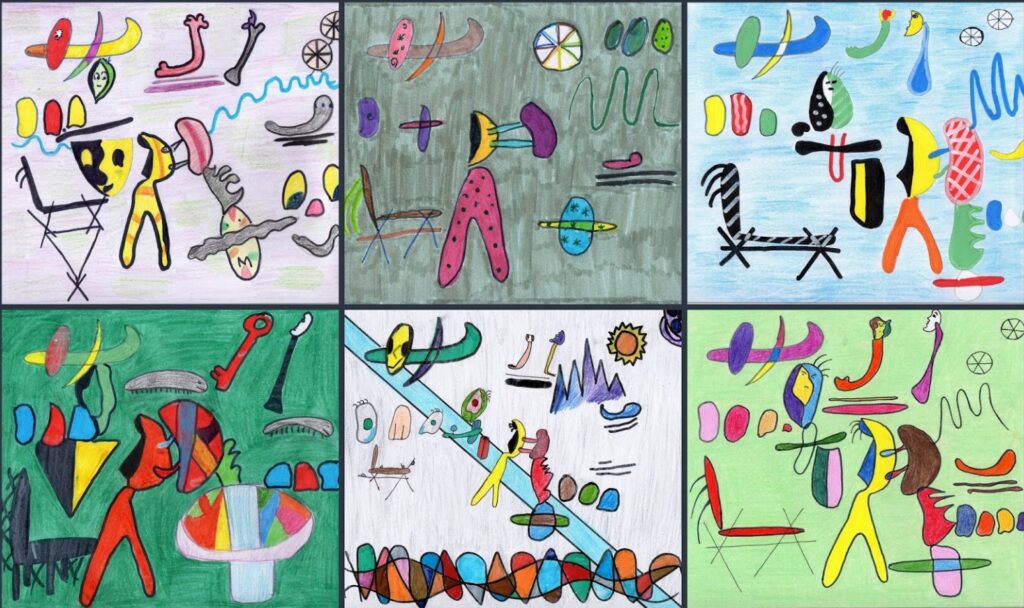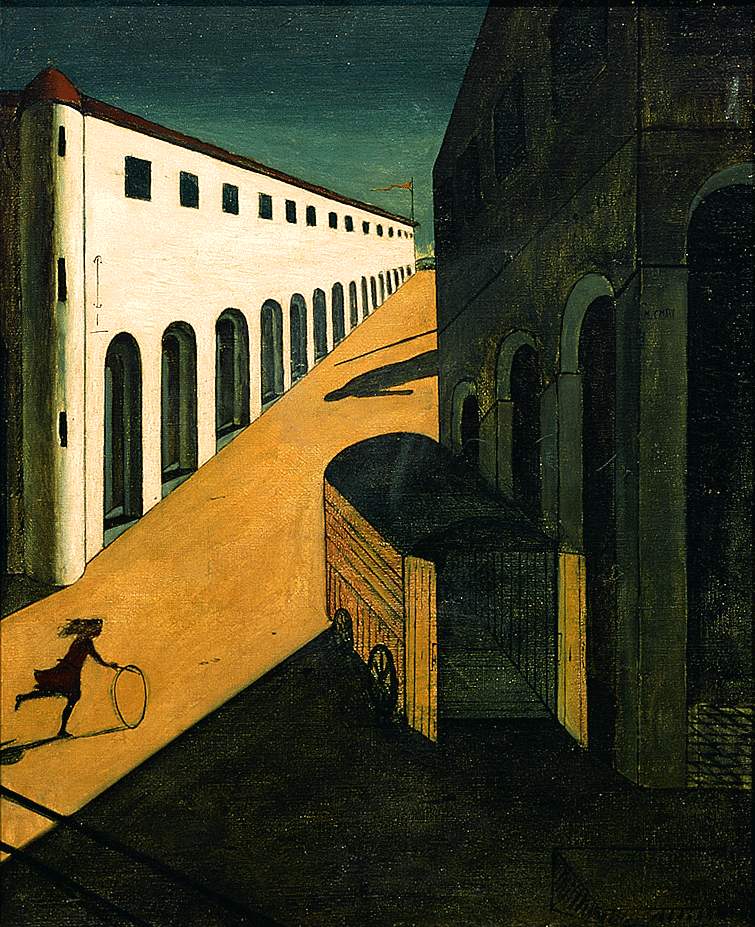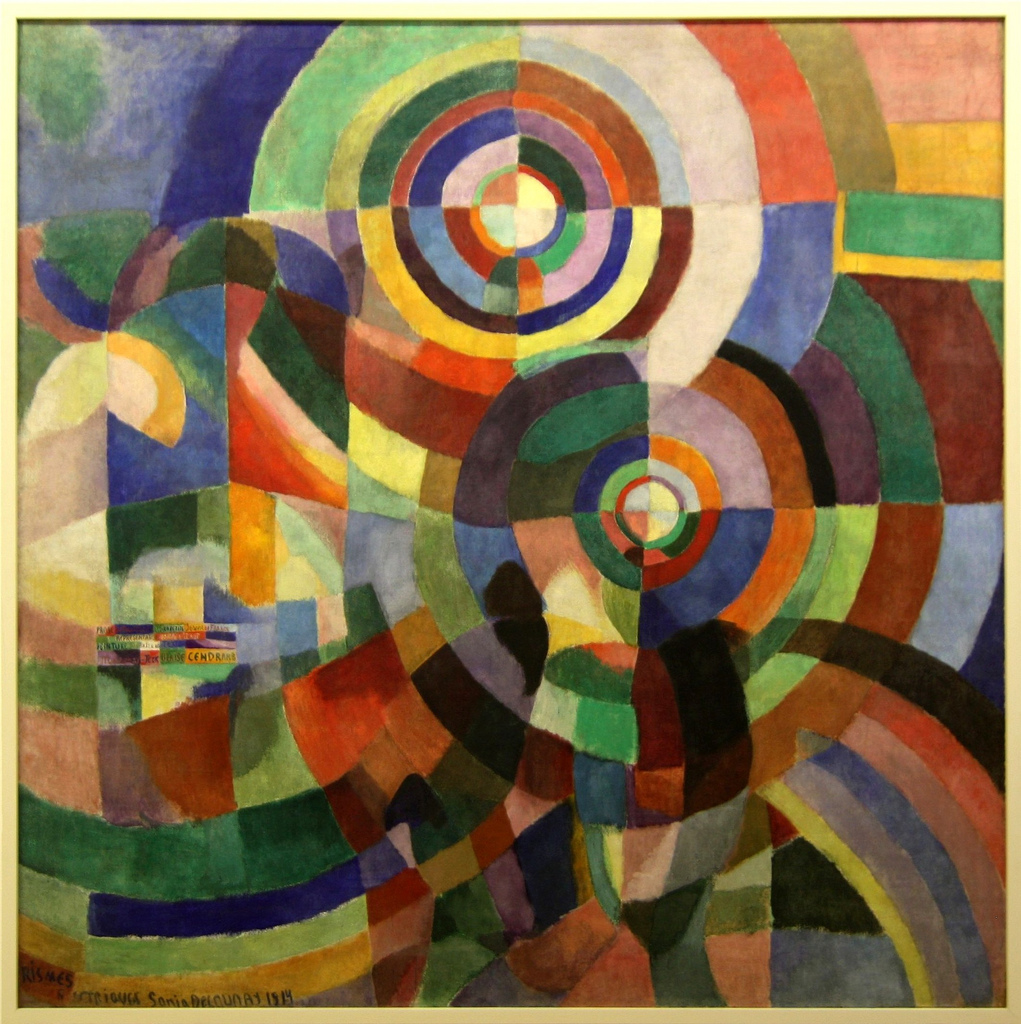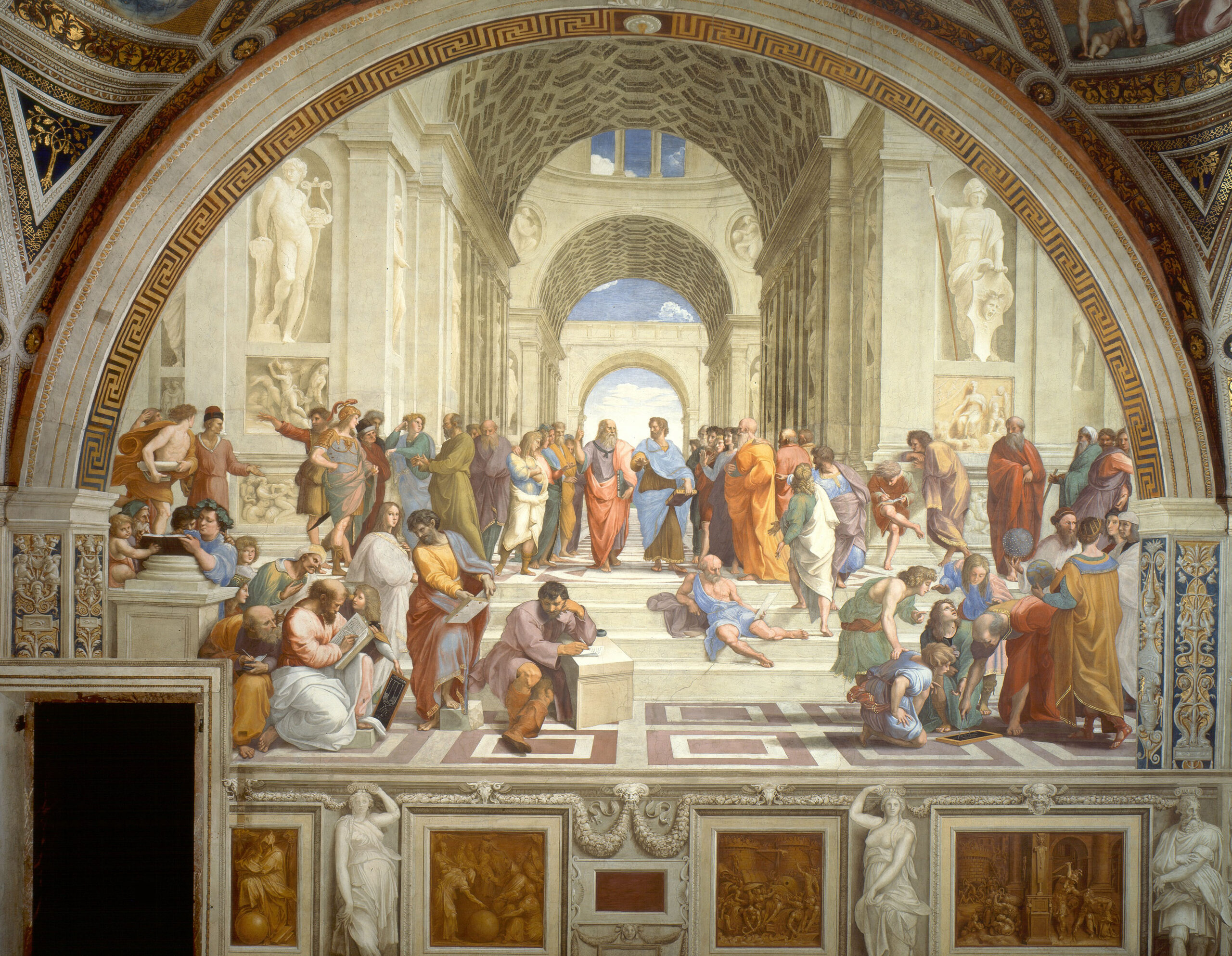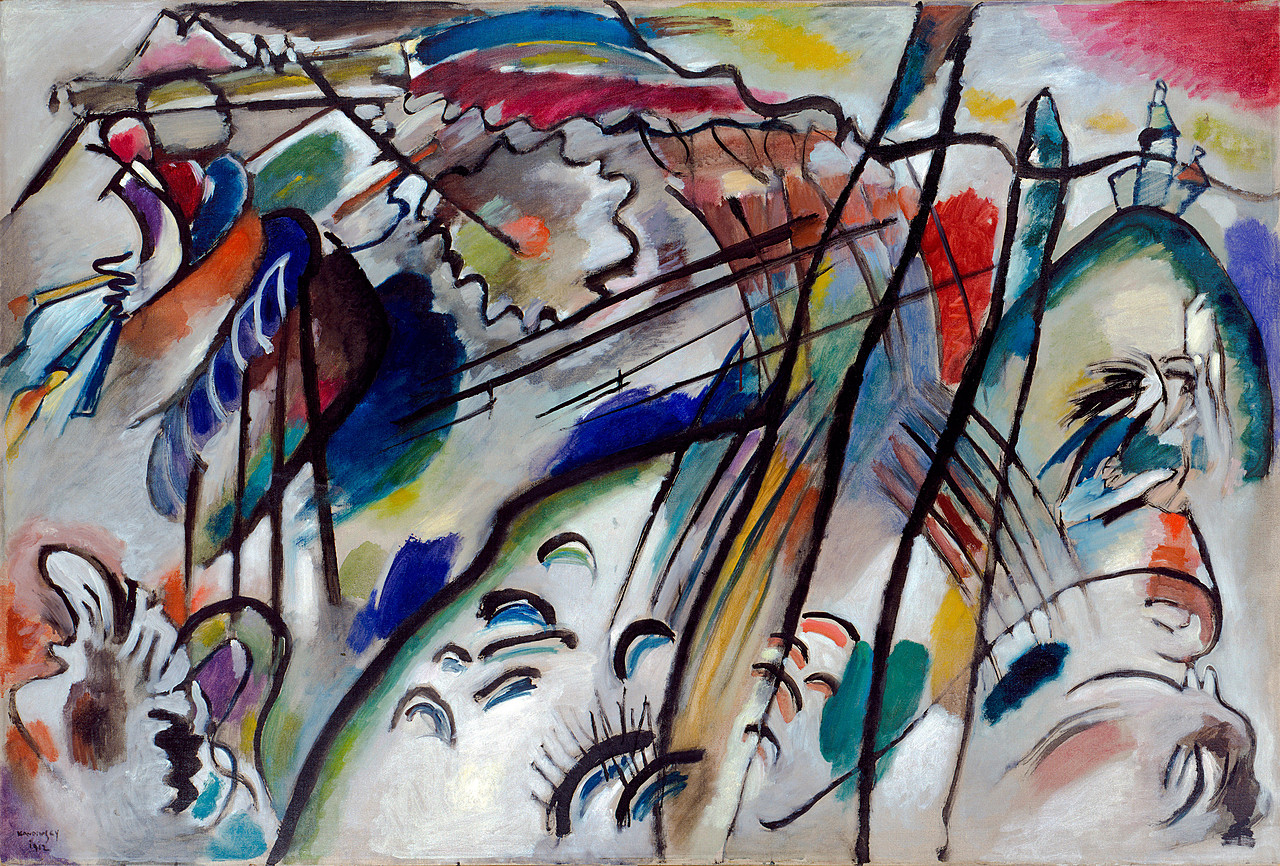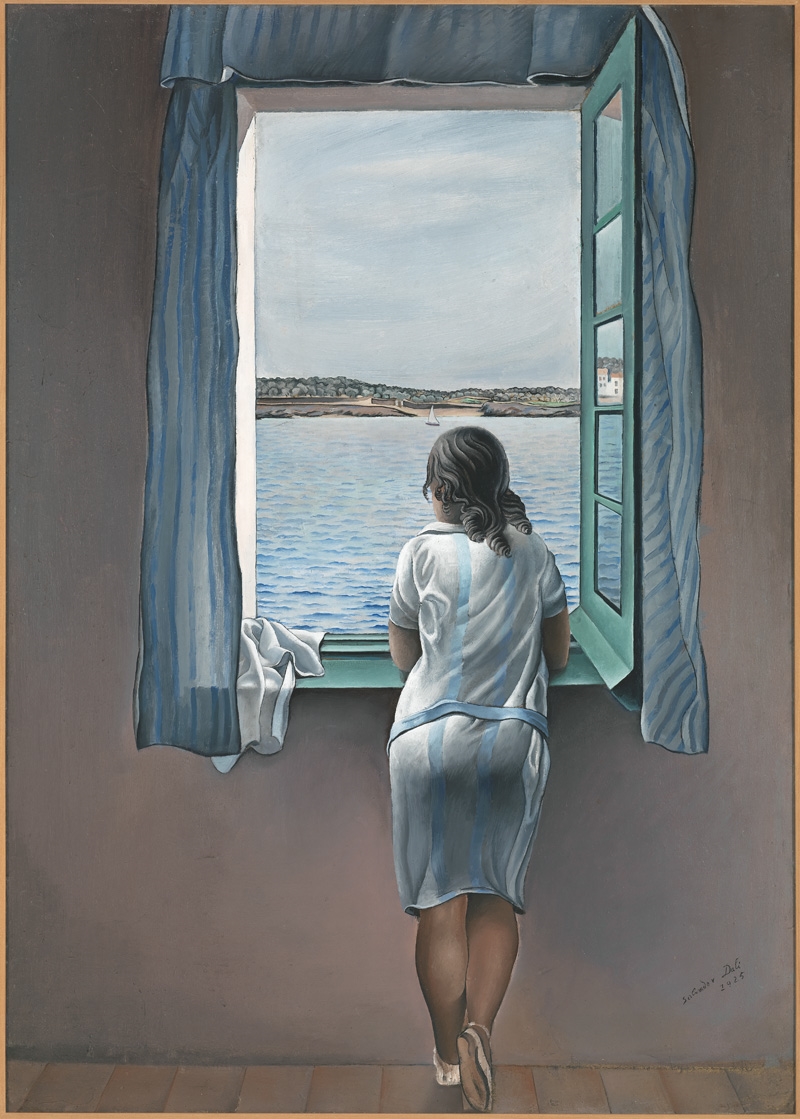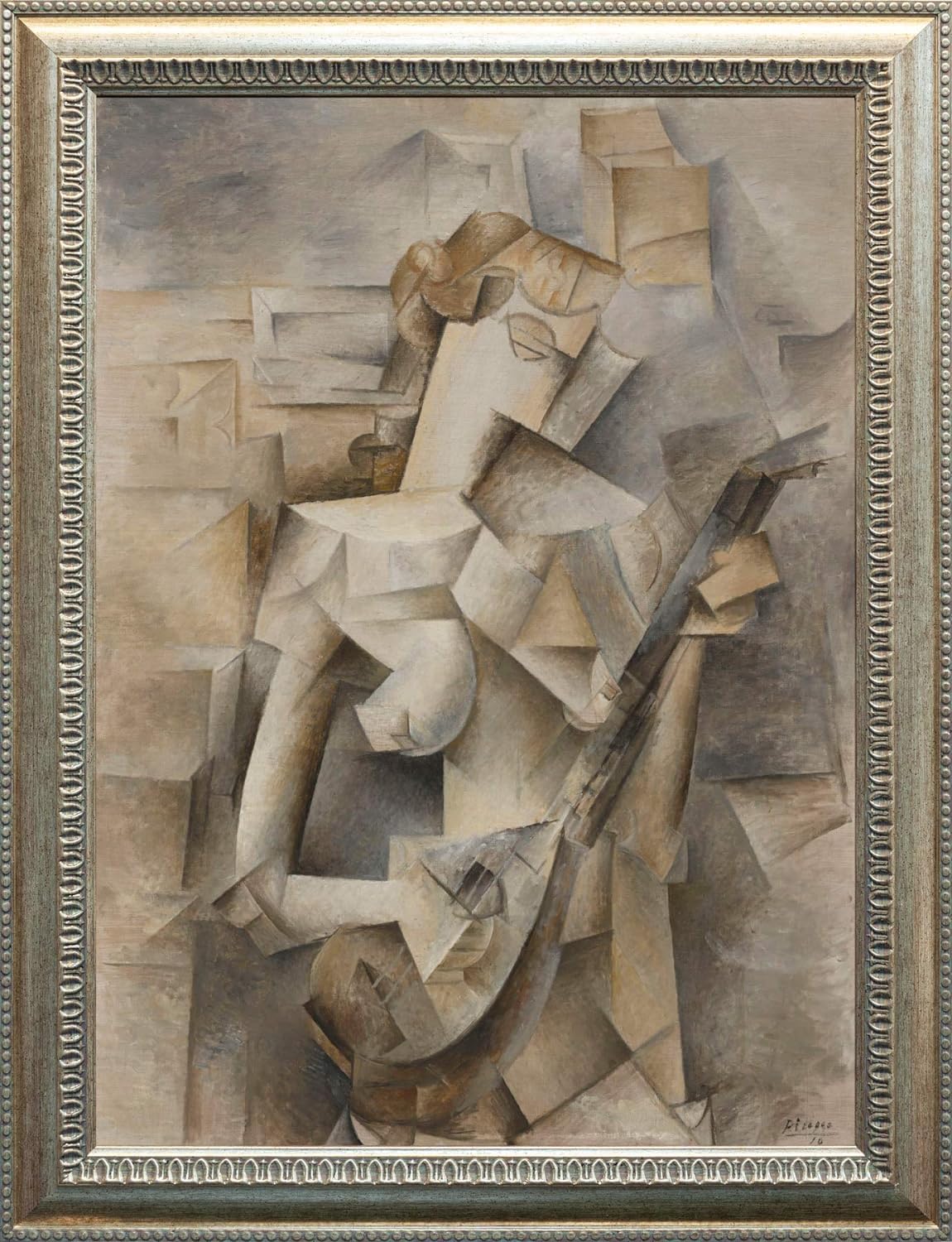Tabla de contenidos
- Joan Miró, the master behind the paintings in 1933
- Inspiration and creative process of Joan Miró in his 1933 paintings
- Joan Miró Painting 1933 : Capturing the Human Essence
Joan Miró, the master behind the paintings in 1933
Miró, the celebrated Catalan painter, has left an indelible mark on the art world, and among his most notable contributions are the 18 large paintings that make up the series of paintings made in 1933.
In this article, we delve into the most significant and relevant works of that year, exploring the creative talent that defined Joan Miró as a visionary master of the twentieth century. Each canvas in this series is a unique window into the artist’s mind, where shapes, colors, and symbols intertwine to create an unparalleled artistic universe.
From Barcelona to Paris, Influential Encounters for his 1933 paintings.
Joan Miró, born in Barcelona in 1893, abandoned his commercial training to follow his passion for art. In 1910, he entered the Escuela Superior de Artes Industriales y Bellas Artes (La Llotja), and later, on his trip to Paris, he had significant encounters with great figures such as Pablo Picasso and the Surrealists.
His lifelong friendship with Alexander Calder also had a profound influence on his work, evident in the floating and lively forms present in the paintings of 1933.
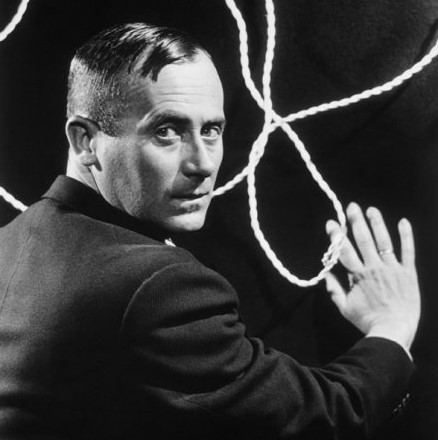
Surrealism and Automatism Pioneer
Although Joan Miró was never formally affiliated with the Surrealist group, his impact on this artistic movement is undeniable. Hailed as one of the leading surrealists, Miró was noted for his innovative approach to automatism, a method of spontaneous drawing that sought to capture the inner corners of the human psyche and clearly active in his paintings of 1933.
Conventional Barrier Breaker
Miró became a true pioneer of his time, exploring spontaneity in art and breaking conventional barriers. His vibrant color palette and symbolic use of forms stand as vehicles for expressing a unique vision of the world, marked by intricate compositions and a wandering linear style that fuses abstract elements with recurring motifs.
Global Recognition in the Art of the Century
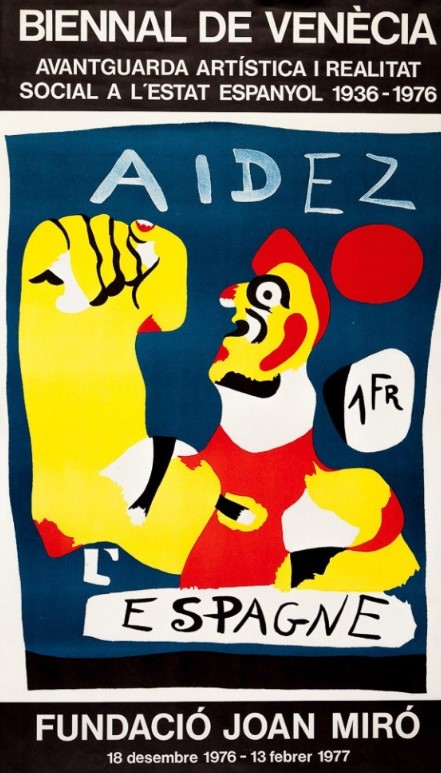
Throughout his life, Miró garnered notable recognition. The Grand Prize for Graphic Work at the 1954 Venice Biennale and his participation in the first Documenta exhibition in Kassel 1955 attest to his global influence. Multiple high-profile retrospectives underscore his lasting impact on 20th century art.
Eminent Collections
Miró’s legacy lives on in the permanent collections of renowned institutions. The works, which reached astronomical figures at auctions, find homes in places such as the Art Institute of Chicago and the Museum of Modern Art. These institutions house his pieces, testimonies to the artist’s mastery and boundless imagination.
Artistic Monuments that Enrich Cities
Joan Miró transcended museum walls, taking his art to the streets of iconic cities such as Milan, Paris, and Barcelona. His sculptures and public murals stand as artistic monuments that enrich the urban fabric and connect people to his unique vision.
Inspiration and creative process of Joan Miró in his 1933 paintings
The uniqueness of Joan Miró’s 1933 series lies in its innovative creative process, which begins with inspiration drawn from previous small collages made from illustrations of machinery and technical equipment. This approach reflects Miró’s unique ability to transform concrete forms into abstract, organic structures in his pictorial works.
In 1933, the artist described in detail his method, which involved cutting out shapes from newspapers, gluing them onto cardboard, and continuously adding new shapes day after day.
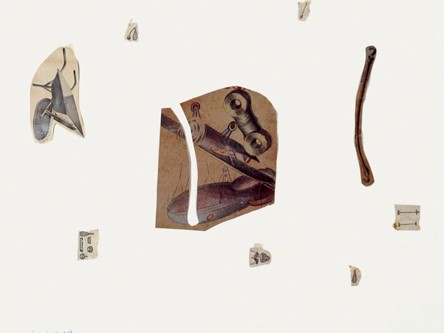
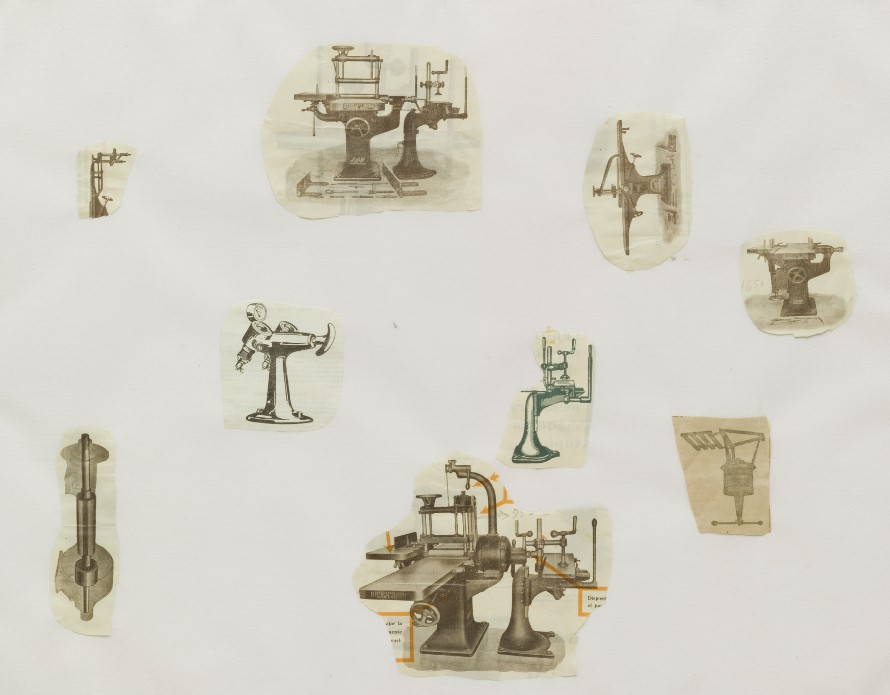
These collages, far from being mere reproductions, acted as starting points that inspired, but did not impose, the development of his final paintings.
The Transformative Use of Collage
In the artistic context, collage emerged as an essential tool for Joan Miró, assuming a fundamental role in not only proposing new creative frontiers, but challenging the artist to overcome the impetuous spontaneity associated with his “anti-art” approach. This innovative use of collage not only broadened Miró’s creative horizons, but also gave him the opportunity to explore unexplored artistic paths, transforming everyday elements into unique and abstract expressions.
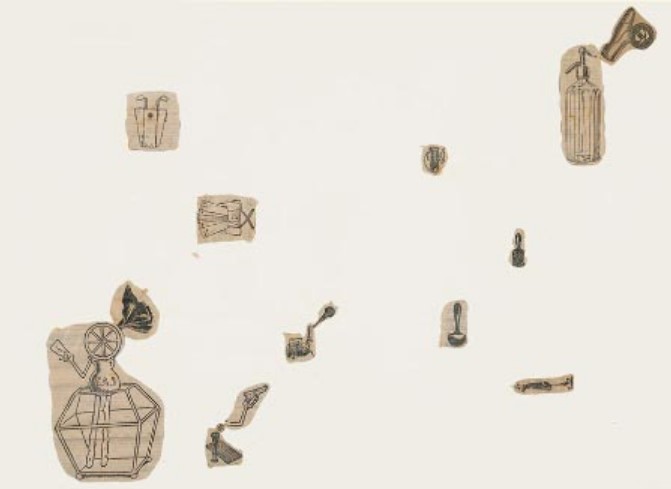
An Abstract Collage World
Later, by cutting out the collage pieces, Miró metamorphosed them into abstract forms, endowing them with vibrant colors. These forms, in stark contrast to the surface, boldly merge into a rhythmic pattern. This process of fusion not only reflects Miró’s technical mastery, but is also guided by intrinsic symbols, adding a layer of meaning to his work. The end result is a visual amalgam that transcends convention, challenging perceptions and taking the viewer on an introspective journey through Miró’s unique artistic expression.
Joan Miró Painting 1933 : Capturing the Human Essence
Through his creations in 1933, he invites us on an introspective journey, where each work seeks to capture the very essence of human experience and the unconscious flow of the mind. Birds, eyes, and the moon become recurring elements that give life to intrepid and exciting compositions. The 1933 series thus becomes a testament to his creative genius, marking a milestone in his career and leaving an artistic legacy that resonates even today.
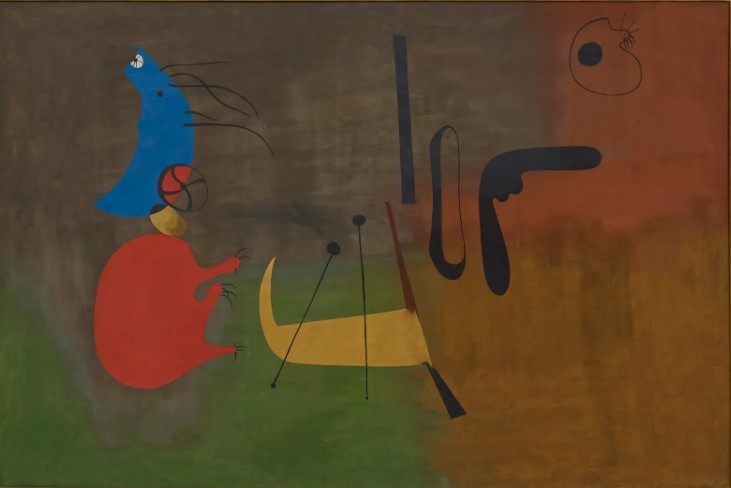
We recommend the following article: Joan Mitchell Posted Expressionism【Abstract】
Where the Technical Merges with the Organic
Juan Miró’s 1933 paintings invite us to explore a world where the technical merges with the organic, the abstract with the living. His unique creative process and the influences of his artistic circle intertwine to bring to life forms that defy logic and celebrate the imagination. The series of 18 paintings is a testament to Miró’s creative genius and his ability to transform the everyday into a timeless masterpiece.
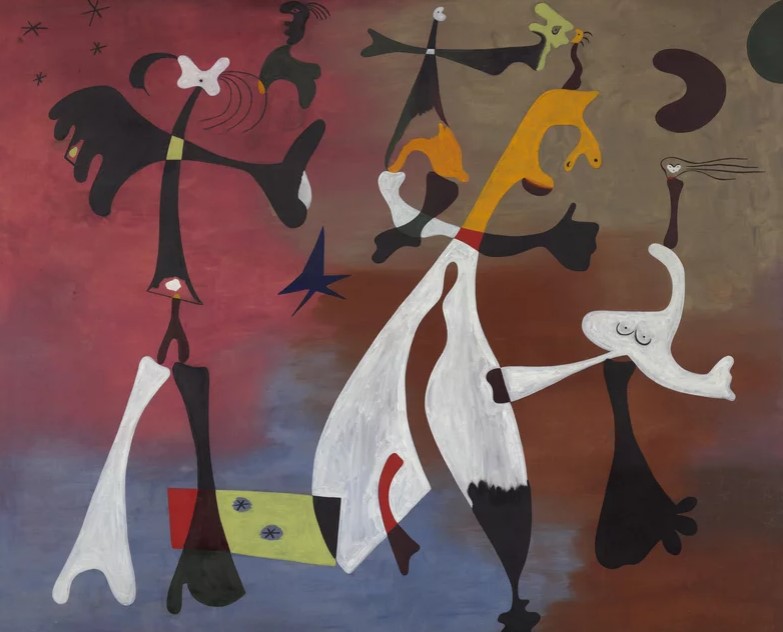
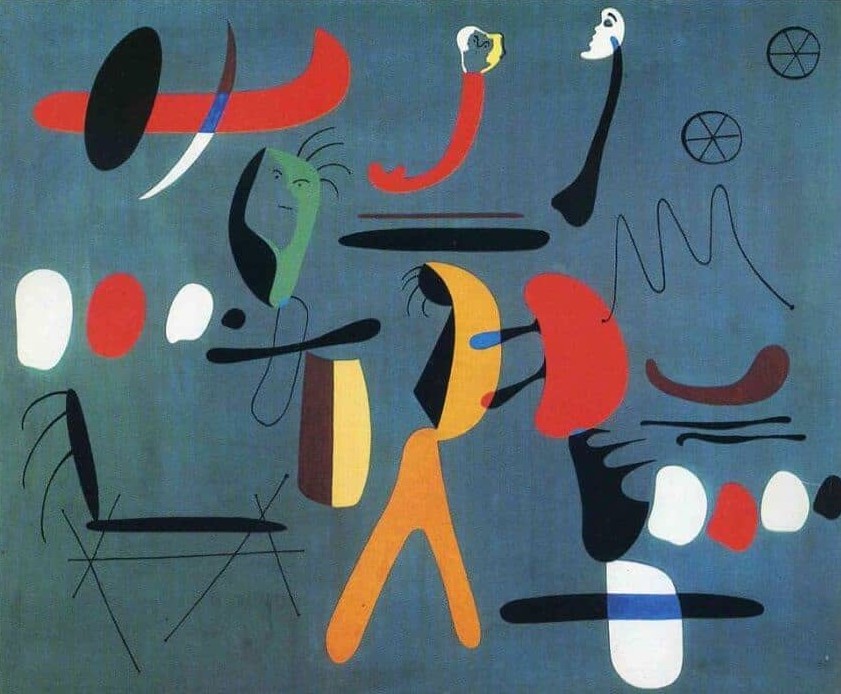
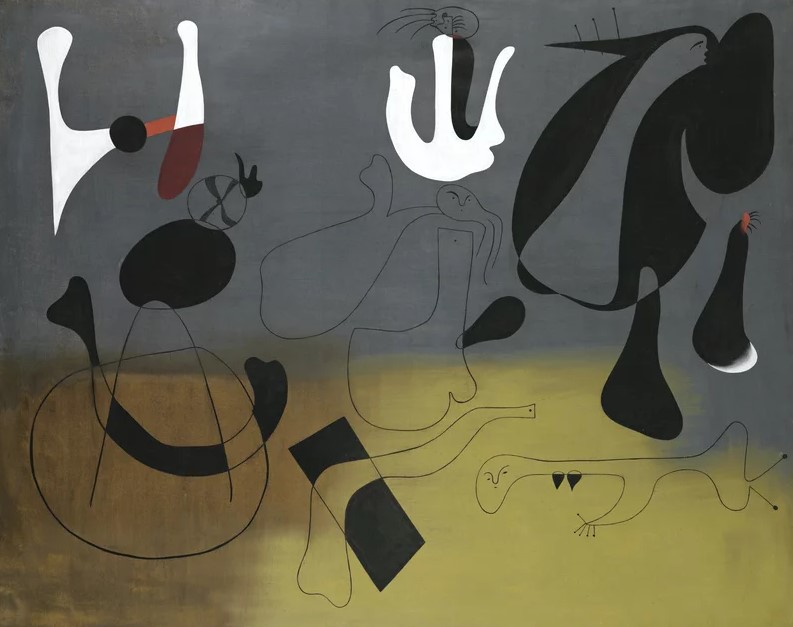
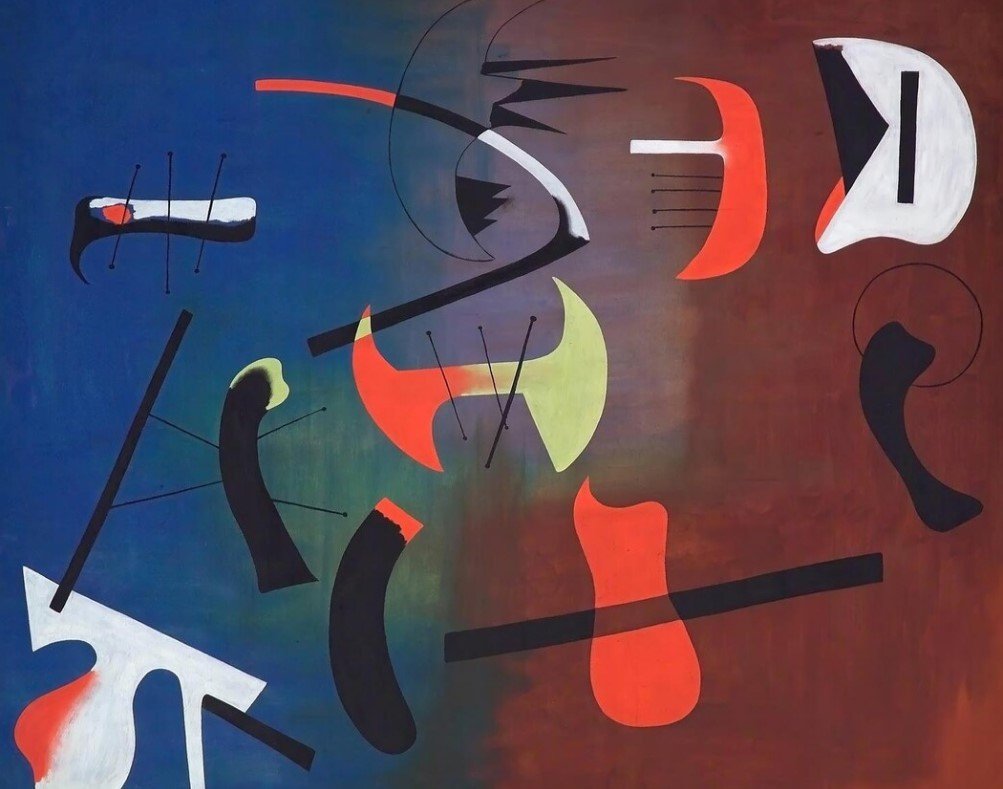
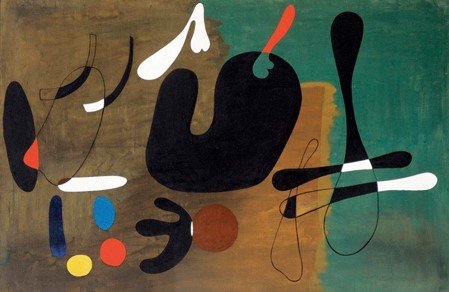
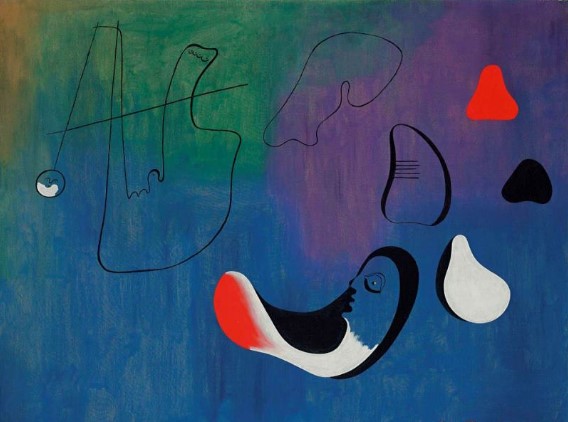
In this painting, The Biomorphic Forms emerged as a result of Miró’s earlier creation of a collage composed of printed illustrations. The oblong figure eight, which extends from the center to the lower right of the work, originally represented the propeller of an airplane in the initial collage. Joan Miró Painting # 4 1933
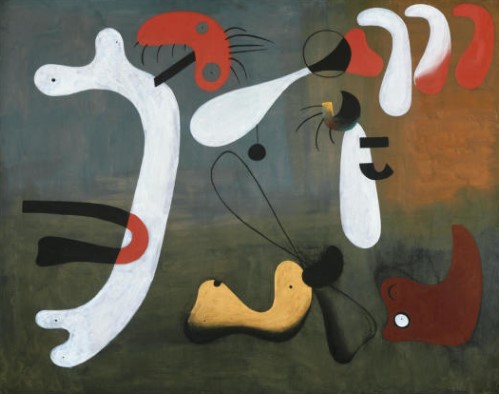
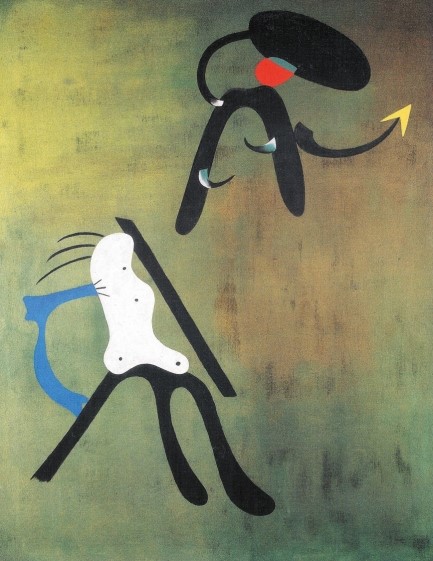
In the canvases of that year, we discover not only Miró’s exceptional technical skill, but also his courageous search for the most authentic and visceral artistic expression. Miró’s Painting (1933)
Creative Turbulence
During that creative year, Miró’s works were often characterized by dark undertones, suggesting a spiritual restlessness possibly related to the approaching war. This context adds a layer of depth to his artistic process, revealing the influence of the environment and historical circumstances on his visual expression.
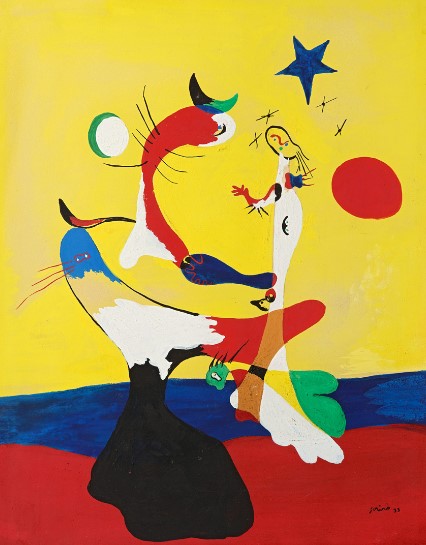
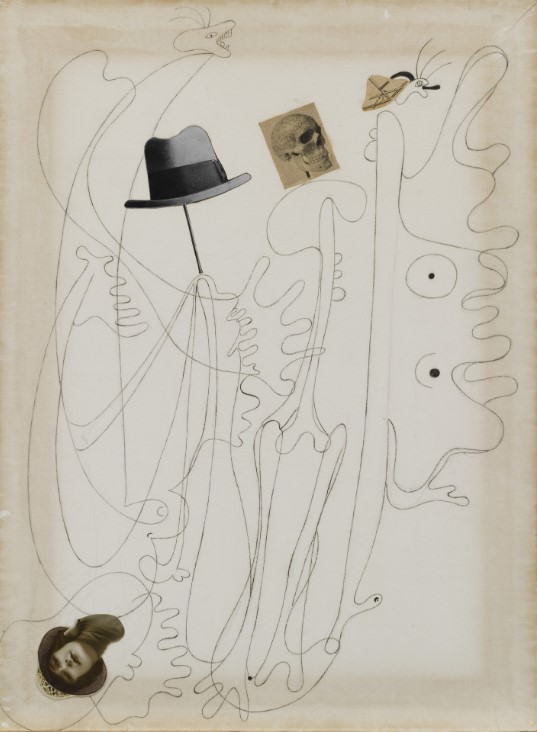
Joan Miró Painting 1933 : Explaining two of the most significant ones
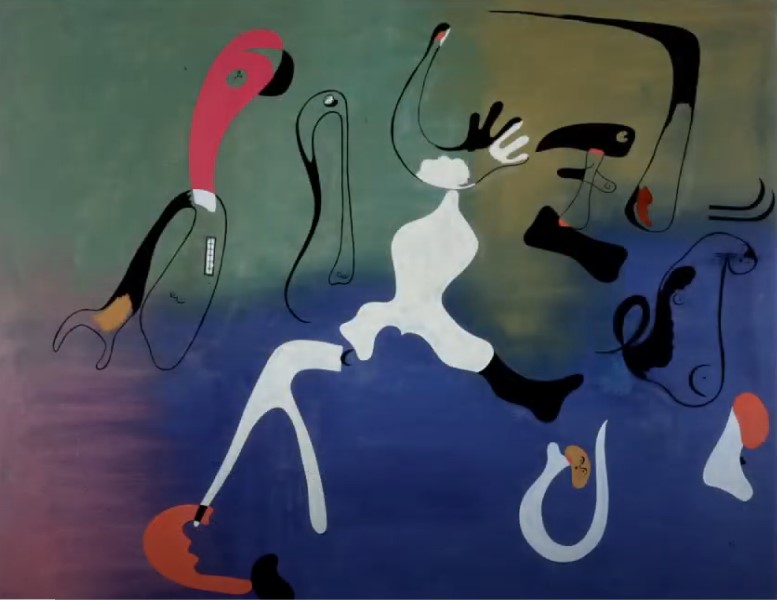
Shapes in Motion
Eight shapes glide from left to right across the painting, revealing features of human or animal creatures. A journey through the thin layer of paint reveals clear contours, soft and round shapes, as well as hard and pointed ones. These shapes, filled with bright colors, transport us to a unique universe created by Miró’s innovative mind.
Title: Composition
Date: 1933
Dimensions: 130 x 162 cm
Location: Kunstmuseum Bern, Bern, Switzerland
Style: Surrealism
Genre: Abstract
Media: Oil, canvas
From Machines to Living Beings
The eight shapes in the painting are notable for their variability. Some are completely filled with paint, others partially, and their superimposition is characterized by color changes. Miró manages to fuse elements of machines and technical equipment into forms that evoke living beings. Faces, chests, hands, and boots emerge in a fascinating play of contrasts between softness and hardness, roundness and sharpness.
The Birth of the World
The painting is characterized by blotchy shapes and linear glyphs in shades of black, red, and white against a background of greens and browns. This work is part of the exhibition “Joan Miró: The Birth of the World” at MoMa, which highlights the museum’s extensive collections and additional loans.
Poetry and Simplicity
Although the painting is described as somewhat somber in comparison to Miró’s general style, it retains the friendly adventure and simple appearance that characterize his art. The work evokes the word “poetic,” recalling the magic of rhyme. Miró, considered a modernist by all accounts, is noted for his gift of vision and imagination, though he is not as disturbing as Matisse or Picasso.
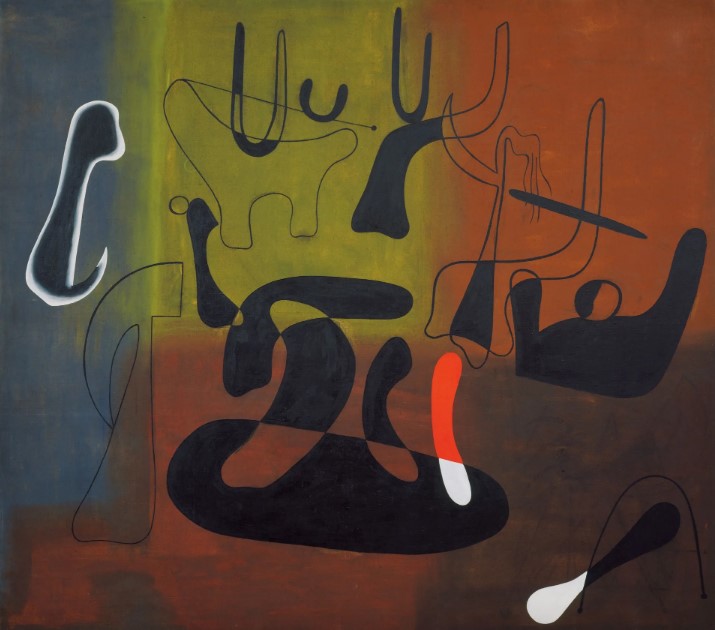
Although this series of paintings is one of Miró’s most abstract, the artist resisted being labeled an abstract. For him, even the most abstract images were expressions of a tangible spiritual reality, inseparable from real life.
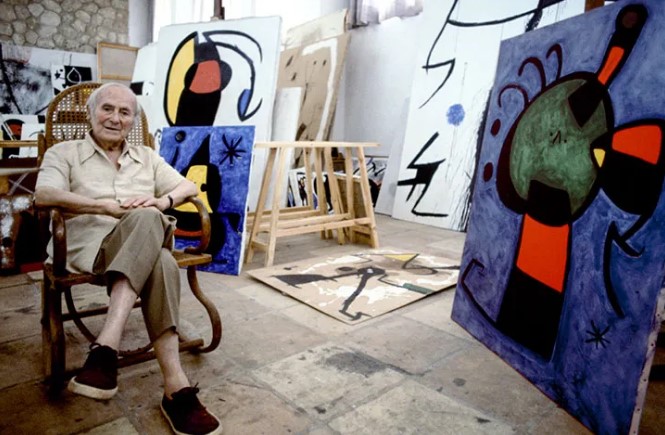
In 1956, Miró settled in Mallorca, where he led a quiet life. His impact on 20th century art persists, and his legacy is manifest in the influence of colleagues such as Alexander Calder. Finally, on December 25, 1983, Miró left this world, but his works continue to captivate those who immerse themselves in the richness of his forms and colors.

